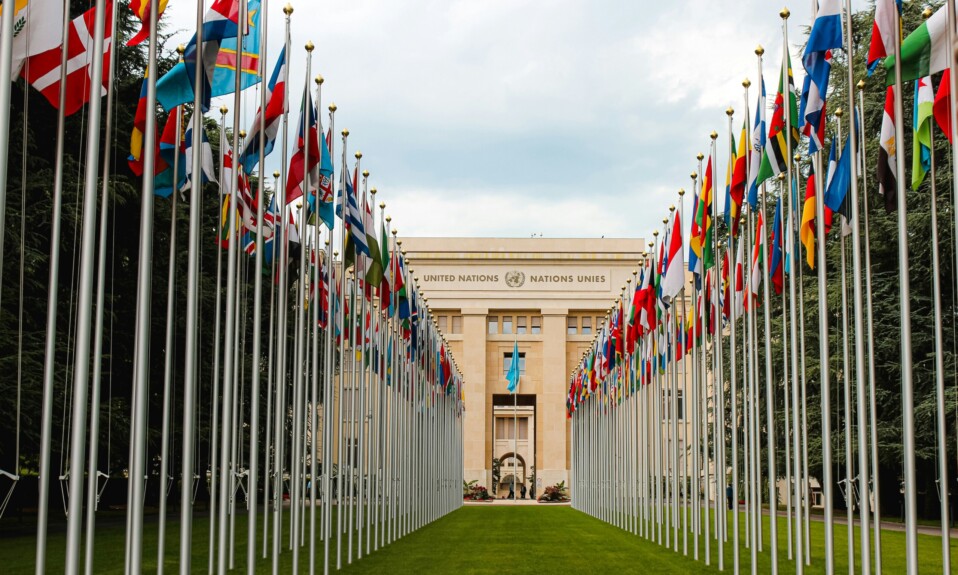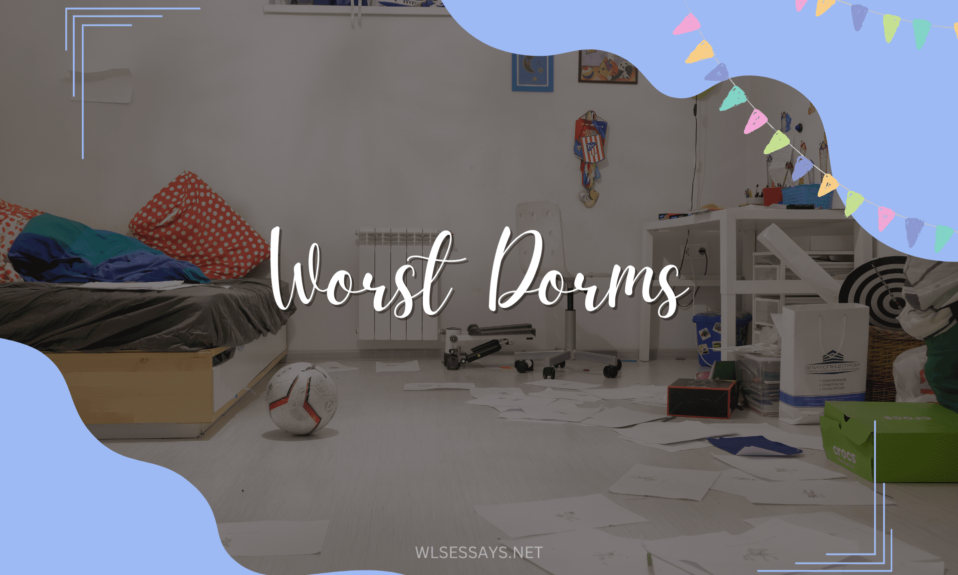A disordered community is often distinguished by low social cohesiveness and high poverty rates. Weak social cohesiveness is the lack or disintegration of strong social relationships and collective efficiency within a society. Babcicky and Seebauer (2020) define social cohesiveness as trust, mutual assistance, and shared ideals among community members. In disordered groups, these linkages are frequently broken or non-existent, resulting in a lack of informal social controls. The lack of solid social networks renders it much simpler for criminal networks to flourish since there is less community pushback to deviant activity. Furthermore, disorganized societies are renowned for their severe levels of impoverishment. Poverty worsens social disorder by causing economic hardship, fewer options, and increasing stress among inhabitants. According to Schwartz et al. (2021), impoverished areas frequently lack resources for proper schooling, medical care, and work prospects, continuing a vicious cycle of poverty. Destitution raises the possibility of criminal behavior because people may resort to illicit measures to achieve their fundamental necessities or gain prestige in their community. Thus, these features create a setting whereby social control systems are fragile, prospects for legitimate achievement are constrained, and the appeal of criminal conduct is increased, all of which contribute to greater crime rates in disordered communities.
In addition to poor social cohesiveness and destitution, unorganized communities tend to be defined by residential instability and a lack of informal social control systems. Residential instability is regarded as a high turnover of inhabitants in a community, exemplified by elevated levels of relocation, rental occupancy, and transience (Opoku-Ware et al., 2022). This interrupts social connections and reduces community members’ feelings of belonging and connection. The transitory nature of inhabitants hampers efforts to create long-term social links and coherent neighborhood networks, contributing to the collapse of community cohesiveness and informal social control mechanisms. Consequently, residential instability generates a sense of anonymity and alienation among inhabitants, allowing criminal groups to operate freely without concern for identification or social repercussions. Moreover, chaotic communities frequently lack efficient informal social control systems, including neighborhood surveillance organizations, communal patrols, or informal penalties for illicit conduct. Sargeant et al. (2023) explain that the lack of informal social control promotes the spread of disorder and criminal activity within societies. Individuals who lack tools to monitor and control conduct may feel empowered to participate in illegal activity with impunity. The absence of collaborative action and cooperation among citizens worsens the difficulties of preventing crime and ensuring community safety. As a result, disordered societies are exposed to the negative impacts of crime, repeating a cycle of deterioration and social disintegration. Therefore, these traits exacerbate the difficulties of promoting social cohesiveness and combating crime in social settings.
How Living in a Socially Disorganized Community Facilitates Deviant Learning
Living in a socially chaotic environment also makes it easier to develop deviant conduct due to the scarcity of genuine social organizations and opportunities. According to social disorganization theory, a lack of societal resources, including educational and job chances, presents a permissive setting for criminal activity (Chen & Cheung, 2020). This statement suggests that economic challenges in unorganized communities frequently result in underdeveloped and underperforming educational institutions. Limited access to high-quality education reduces the opportunities for upward social mobility, diminishing genuine paths to achievement. Robert K. Merton’s (1938) strain theory stresses that people who face a disconnect between society’s ideals and the means necessary to attain them are more prone to engage in deviant conduct, particularly criminal activity (Barry, 2023). Merton identified five adaptations to this strain, notably conformity, inventiveness, ritualism, retreatism, and revolt. Conformists accept society’s objectives and methods for achieving them, whereas innovators forge unique pathways. Ritualists renounce society’s aims but strictly stick to methods, retreatists oppose both, and rebels seek societal transformation (Barry, 2023). Understanding these adaption strategies is critical for thoroughly examining how people respond to the tension between cultural expectations and restricted chances in socially disordered environments. Hence, the limited access to genuine options for achievement in socially chaotic groups exacerbates emotions of stress and disappointment, prompting individuals to engage in deviant activity as a coping technique.
Based on Differential Association Theory and Social Learning Theory, dwelling in a socially chaotic group can have a significant impact on the likelihood of acquiring deviant conduct. Edwin Sutherland’s Differential Association Theory proposes that people develop abnormal conduct through encounters with others in their social setting (Sari et al., 2020). This implies that individuals in socially disordered settings, where unofficial social constraints are undermined, and criminal groups may grow, have a higher probability of being subjected to deviant conduct when they interact with relatives, close friends, and neighbors who participate in such behaviors. People can develop deviant norms, beliefs, and skills through these contacts, normalizing and embracing illegal conduct as legitimate choices for accomplishing goals. Similarly, Albert Bandura’s Social Learning Theory emphasizes the importance of observational acquisition and reinforcement in molding behavior (Cutillas et al., 2023). Consequently, individuals in socially chaotic cultures may resort to deviant models for direction and affirmation since real achievement prospects are scarce and models for standard conduct are sparse. People assimilate the mindsets and behaviors connected with criminal activity as they see and replicate the acts of delinquent role models, resulting in the reinforcement and continuance of deviant behavior within the community. These learning theories can help comprehend why people in socially disordered groups become privy to and integrate abnormal actions, which contributes to the persistence of criminal activity and disorder in these settings.
Strain/Anomie Theories’ Link to Socially Disorganized and Organized Communities
The primary arguments of the strain and anomie theories present valuable insights into why people in socially disordered cultures may be more likely to commit crimes than those in orderly communities. According to Robert Merton’s Strain Theory (1938), people feel strain when society systems fail to offer suitable resources to attain culturally defined goals (MacNeill et al., 2021). Merton identifies five types of adaptation, namely conformity, innovation, ritualism, retreatism, and rebellion. People may turn to inventive or rebellious activities as alternate strategies for achieving social goals in such situations because typical paths to success are limited. For example, some individuals can innovate by engaging in illegal activities such as crime, while others might stray completely from community norms without genuine possibilities. Emile Durkheim’s (1897) anomie theory complements the strain theory by highlighting the collapse of social conventions and principles in disordered circumstances. Weak social cohesiveness and the disintegration of shared values generate anomic circumstances that reduce the efficacy of informal social controls in socially disordered groups (Kratcoski et al., 2020). This implies that the consequent normality and diminished social relationships create a setting conducive to criminal activity. As a result, the Strain and Anomie theories contend that the lack of legitimate possibilities and the disintegration of social standards in socially disordered societies establish conditions favorable to criminal behavior, providing people with a perceived way of coping with stress and attaining achievement via illegal means. Thus, this theoretical framework demonstrates how criminality incidences in socially disordered groups may be greater than in structured ones, stressing the complicated social nature of crime.
Additionally, the fundamental arguments of Strain/Anomie theories, such as Cohen’s Delinquent Subculture Theory and Rosenfeld and Messer’s Institutional Anomie Theory, provide valuable insights into why people in socially chaotic groups are more likely to commit crimes than those in structured ones. According to Cohen’s Subcultural Theory, people living in socially chaotic circumstances with limited chances for ordinary achievement may develop abnormal subcultures with different values and conventions (Zhou, 2023). In these subcultures, the disapproval of conventional aims creates alternative social hierarchies whereby participants pursue recognition via delinquent conduct, resulting in greater crime rates. Consequently, the pressure of limited options and social fragmentation can worsen the establishment of such subcultures, exacerbating deviant conduct to attain status and respect in socially disordered groups. Similarly, Messner and Rosenfeld’s Institutional Anomie Theory proposes that in socially disordered cultures where economic achievement is the primary goal, crime rates rise due to non-economic institutions’ diminished influence (Nguyen & Van Ngo, 2021). This implies that overly focused on economic objectives may undermine the functioning of social institutions such as community, school, and family, leaving people with fewer real opportunities for achievement. As a result, the tension caused by the primacy of economic activities in disordered societies may lead to individuals engaging in criminal acts as an alternative method of meeting societal expectations. Thus, these theories highlight the role of restricted opportunities, alternate value systems, and fragile non-economic institutions in encouraging deviant conduct under such situations.
The Primary Policy Approach for Minimizing Crime Rate in Chattanooga
The critical policy strategy for reducing violent crime in Chattanooga might be to develop community-based programs that improve social cohesiveness and promote community resilience. Establishing social relationships and increasing collective efficacy can significantly lower crime incidents in high-risk neighborhoods (Lockwood & Terry, 2021). One crucial method may be to build community policing projects. Community policing initiatives foster collaborative relationships between law enforcement agencies and community people to solve local crime concerns. These programs frequently include regular encounters between police officers and communities, community forums, and collaborative problem-solving attempts to determine and deal with crime hotspots and underlying societal problems. Furthermore, community policing activities can assist in reestablishing trust between the police and community people, resulting in greater collaboration in crime prevention measures and more effective crime reporting (Madero-Hernandez et al., 2022). This implies that community policing initiatives can help create safer and more resilient areas by engaging citizens in crime prevention and tackling underlying social concerns, including joblessness, poverty, and drug misuse. In sum, adopting community policing efforts in Chattanooga may offer a proactive and community-focused strategy for lowering violent crime, creating social unity, and improving general neighborhood security.










